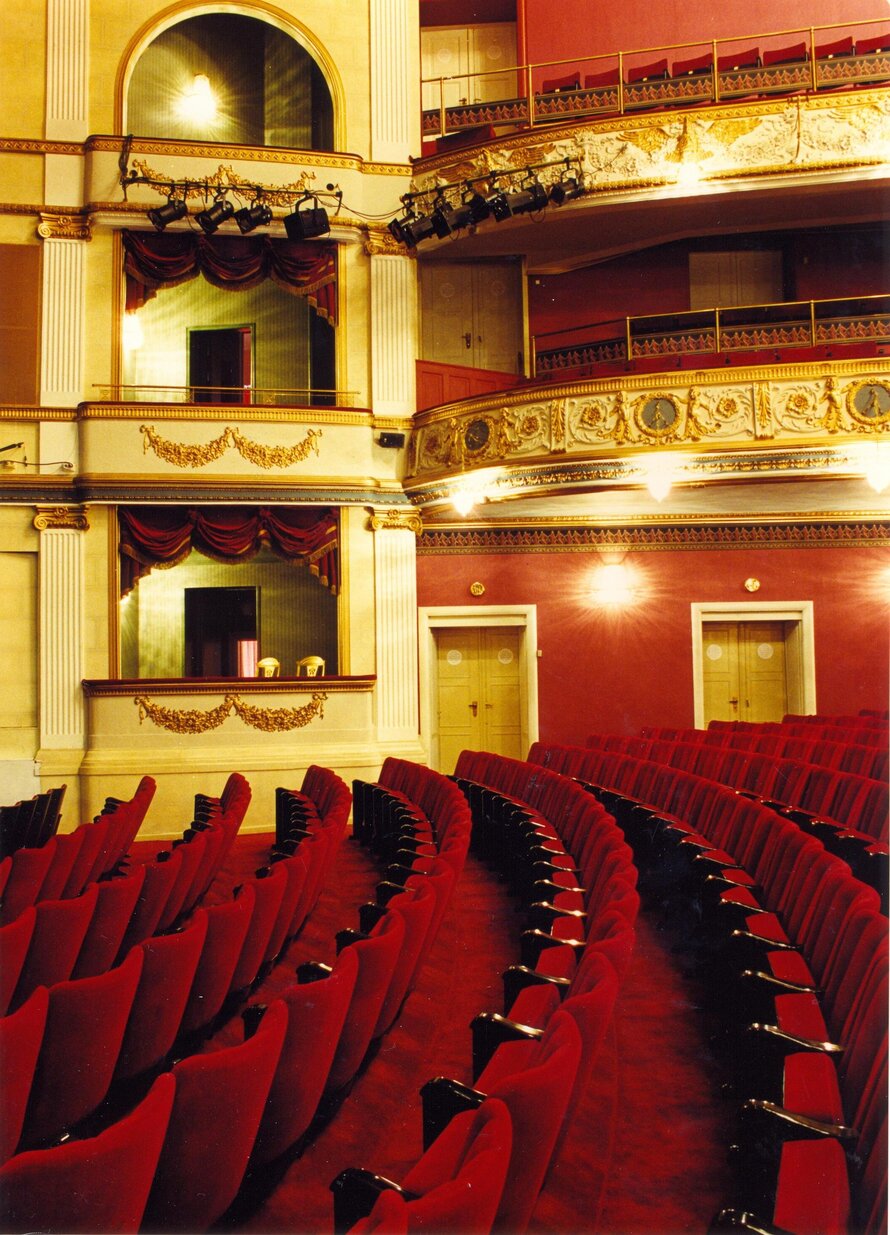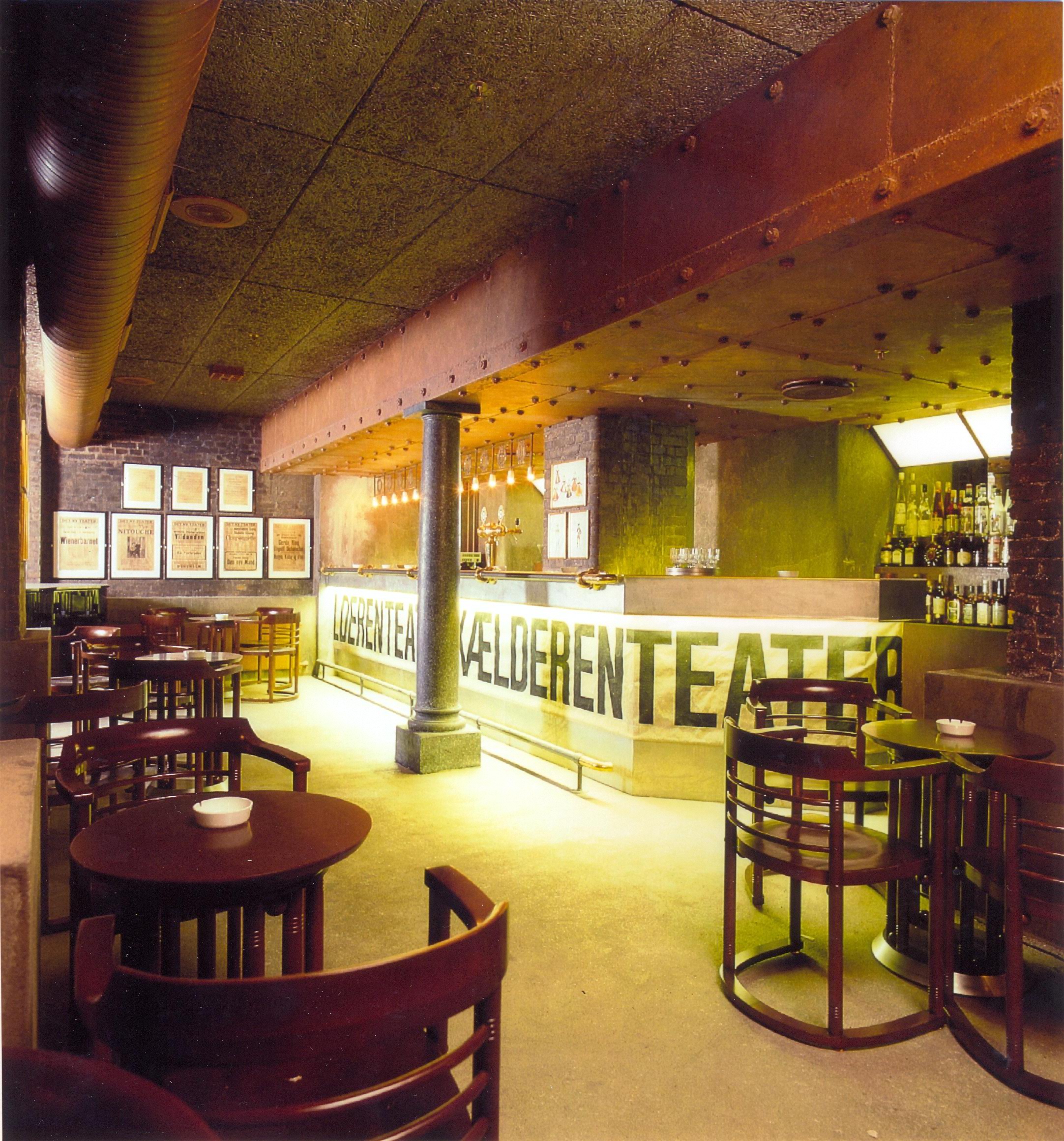Det Ny Teater. Copenhagen
Det Ny Teater, built in 1908, has since then been one of the leading theatres in Copenhagen. By 1990. the theatre was so run down that its tenant, the Greater Copenhagen Theatre Association, decided not to reopen the theater at the beginning of the following season. There were ...
Read more
Project details
| Title: | Det Ny Teater. Copenhagen |
|---|---|
| Entr. year: | 1995 |
| Result: | Diploma |
| Country: | Denmark |
| Town: | Copenhagen |
| Category type: | architectural heritage |
| Building type/ Project type: | Building for cultural activities |
| Former use: | Theatre |
| Actual use: | Theatre |
| Built: | 20th century |
| Architect / Proj.leader: | Erik Mollers Tegnestue A/S Anders Dyrups Tegnestue, Architects (Copenhagen - DK) |
| The Jury's citation: | "For the restoration of the building to its glorious original state and for its renovation as a working theatre" |
| GPS: | 55°40'23.4"N 12°33'18.8"E |
| Web, Links: | www.detnyteater.dk/ |
Description:
Det Ny Teater, built in 1908, has since then been one of the leading theatres in Copenhagen. By 1990. the theatre was so run down that its tenant, the Greater Copenhagen Theatre Association, decided not to reopen the theater at the beginning of the following season. There were serious doubts if the building itself could survive a long period of non use but the owner, Ida Løfbergs Fund, did not have the means to finance the necessary maintenance work. The very idea that this magnificent and historic building should be replaced by a car park, shopping mall, or something similar, was unbearable. In order to avoid such a catastropbe, the owners of the building decided. against all odds, to attempt to raise the required capital to restore and expand the building in such a way that it wouid not only achieve its fomer glory but would cominue to meet its original function, whilst becoming financially independent. In 1991, the restoration of the building commenced with the intention of restoring it to its former grandeur, financed by donations from various sponsors, funds and official agencies. At the same time, the huge basement was adapted to new functions, by transforming the space taken by the old technical facilities, to a state of the art, second auditorium and a new café-restaurant.
Similar projects
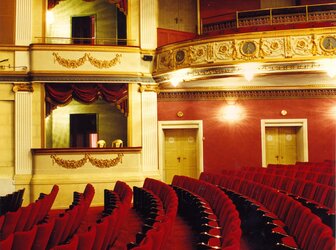
20th century
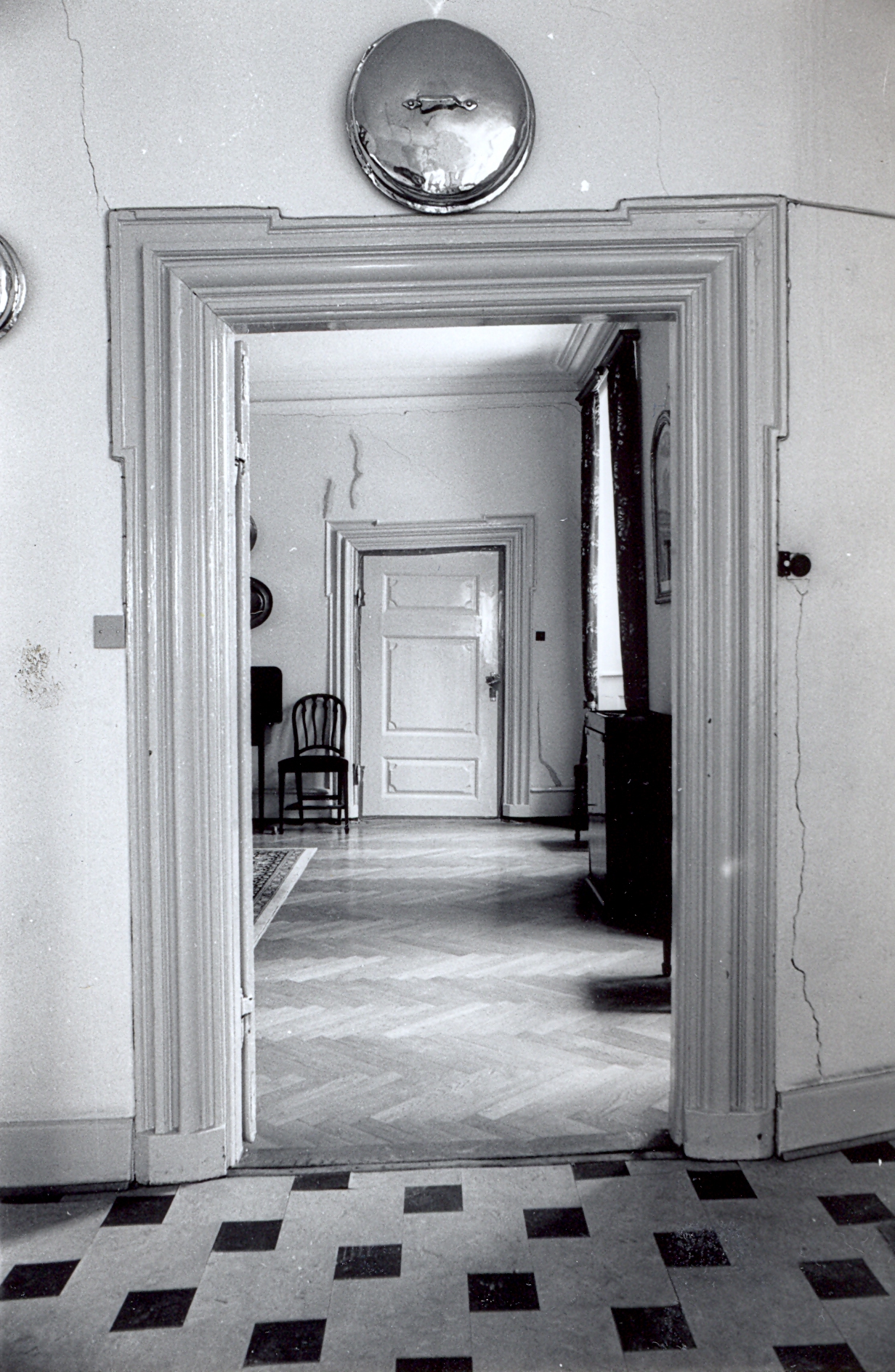
14th century; 18th centruy
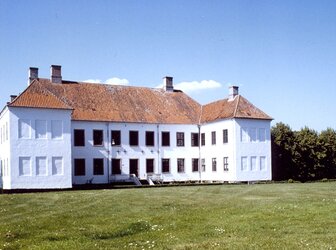
17th century
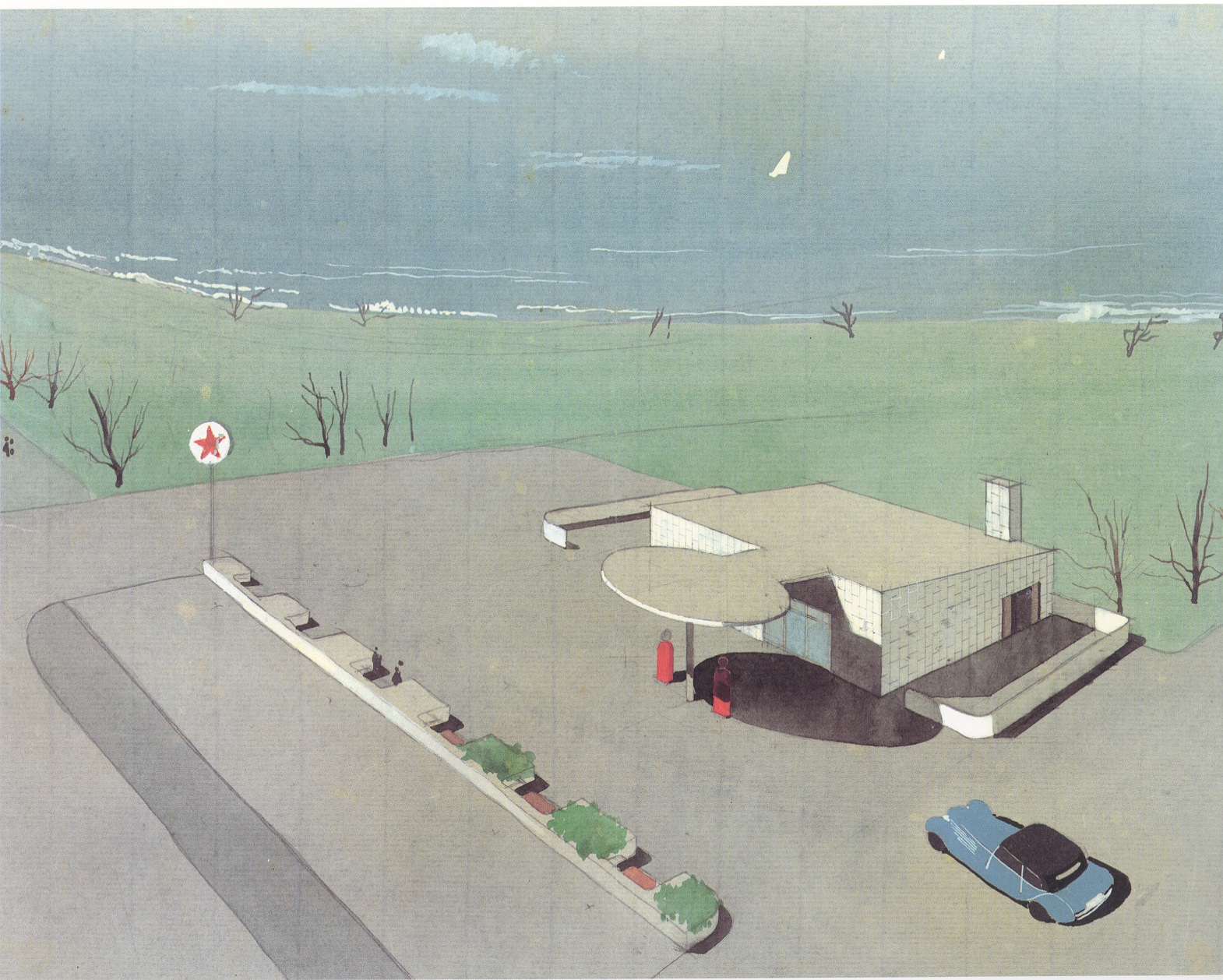
1938

1939

18th century
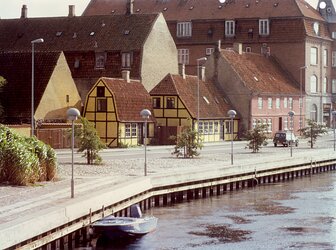
19th century
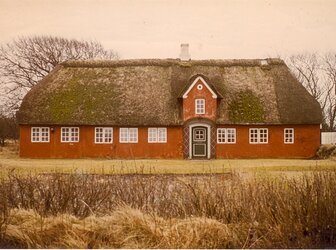
18th century
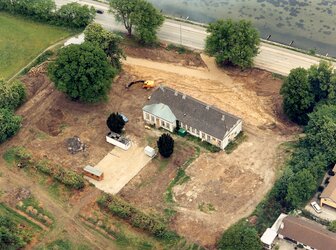
18th century
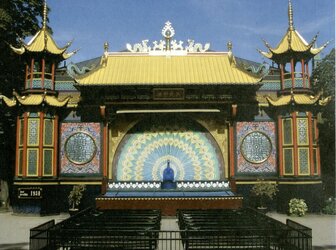
19th century
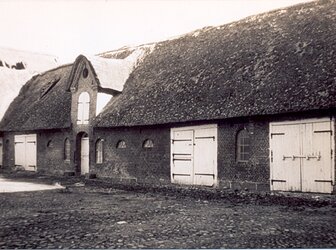
17th century
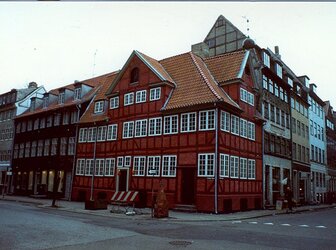
18th century
